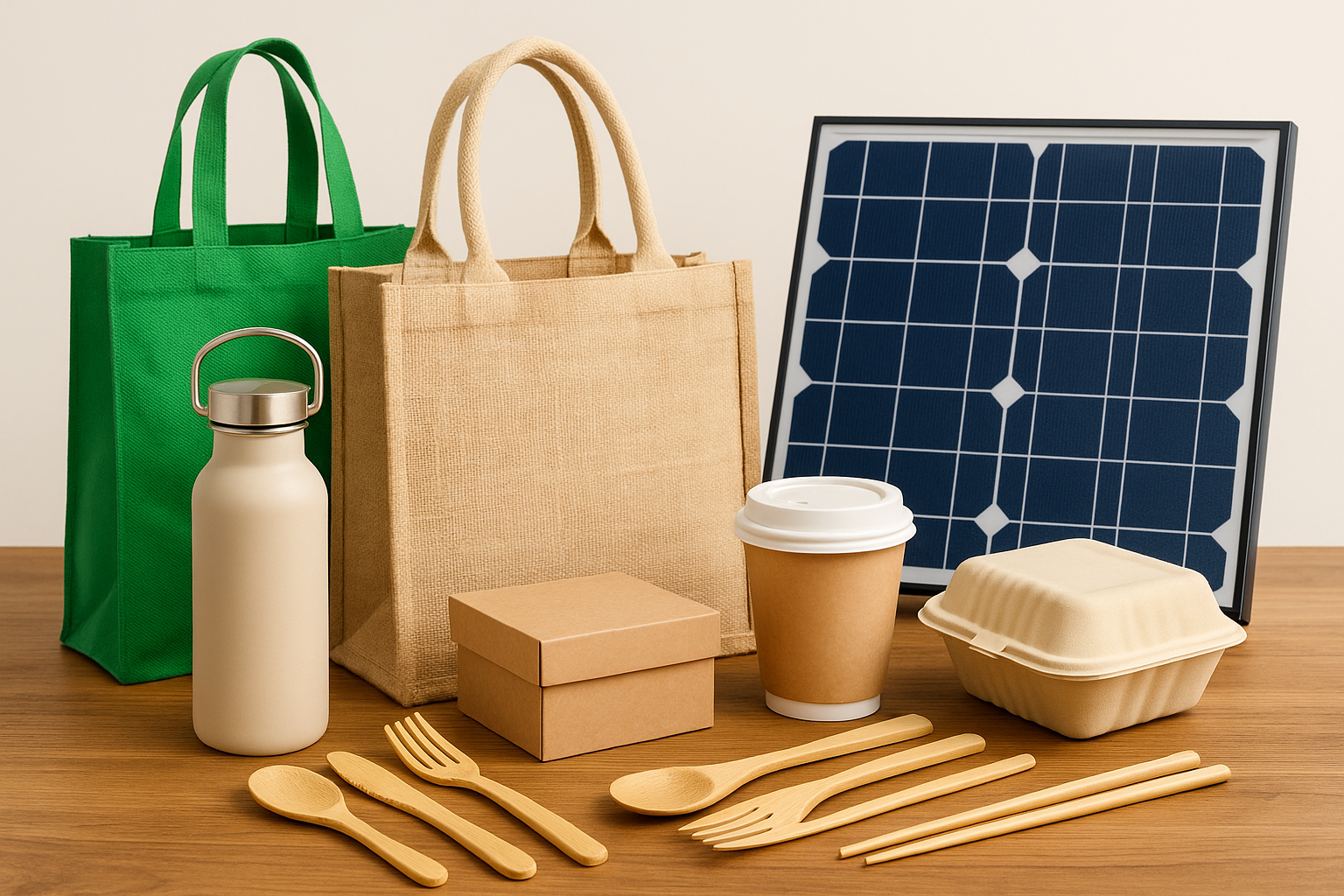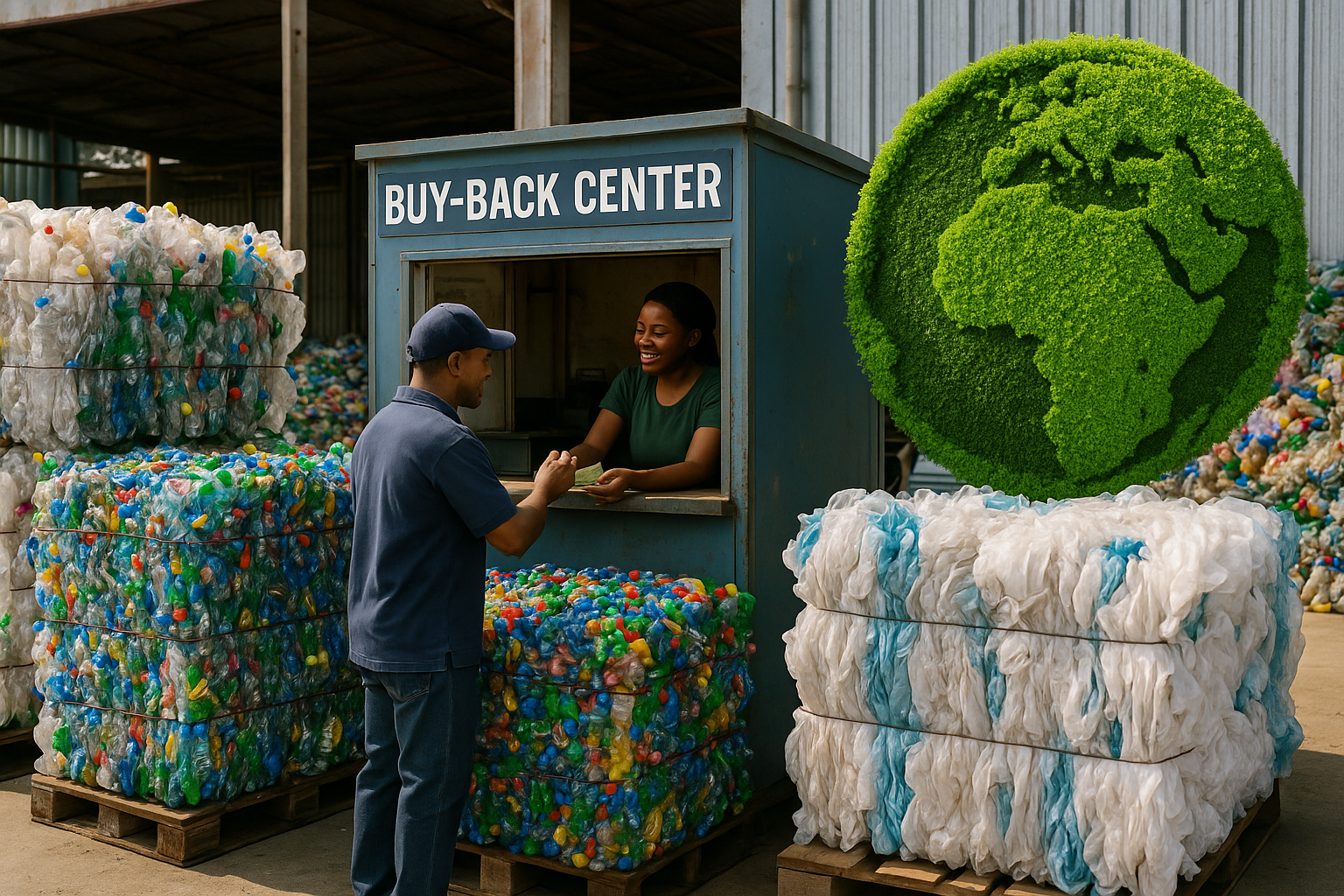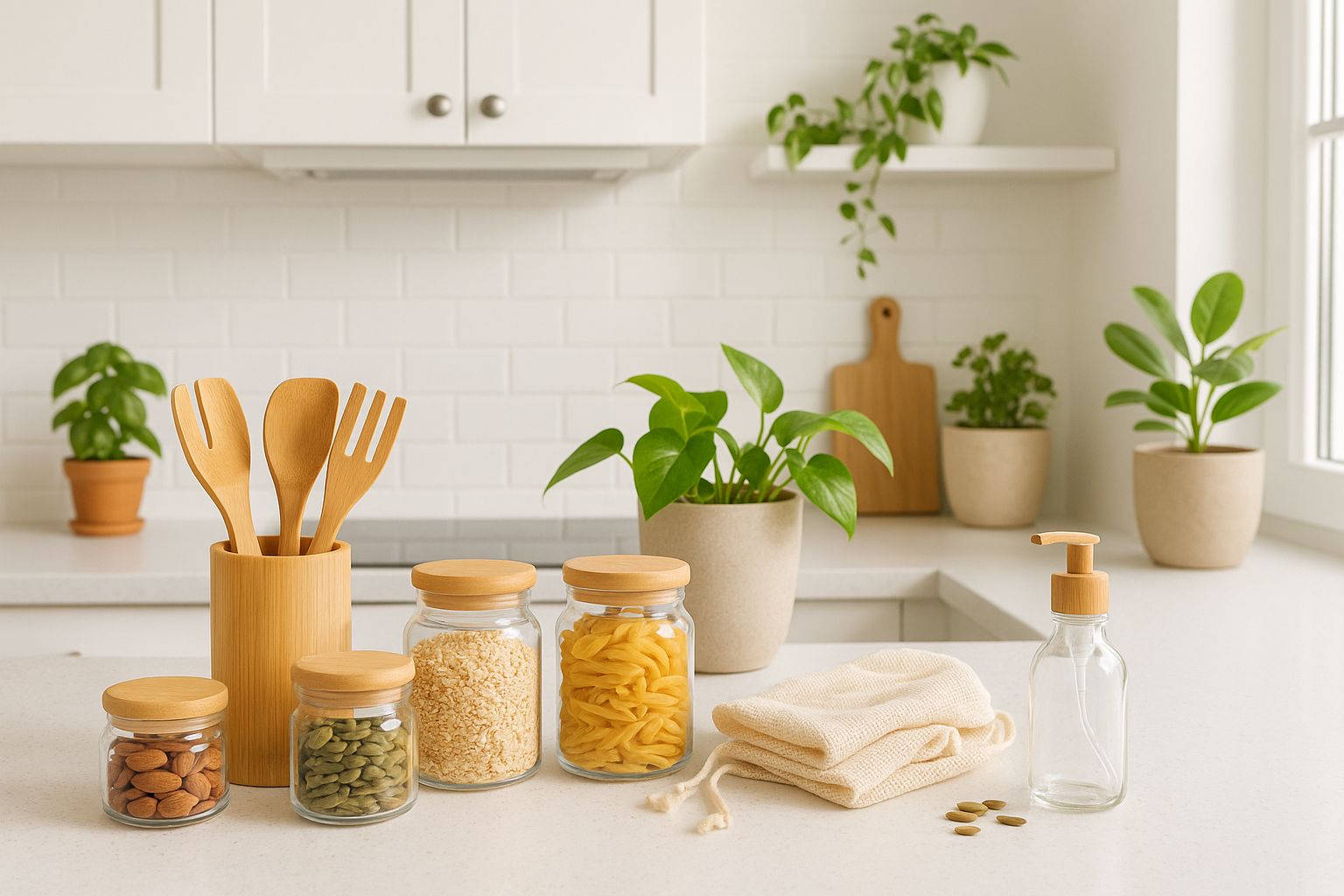Mastering Sustainable Packaging Amid Challenges Today Becomes Effortless
As you navigate the complexities of sustainable packaging, you’ll discover innovative solutions and insights that make this crucial transition seamless—browse options, search options, and see these options to transform your packaging strategy today.
Understanding Sustainable Packaging
Sustainable packaging is not just a trend; it’s an essential shift in how businesses approach their environmental responsibilities. As consumers become more eco-conscious, companies are pressured to adopt packaging solutions that minimize environmental impact. Sustainable packaging involves using materials that are recyclable, biodegradable, or made from renewable resources. This shift not only helps the planet but also enhances brand reputation and customer loyalty.
The Challenges of Implementing Sustainable Packaging
Transitioning to sustainable packaging may seem daunting due to factors such as cost, supply chain logistics, and material availability. Many businesses face the challenge of balancing sustainability with cost-effectiveness. For example, biodegradable materials can be more expensive than conventional plastics, impacting profit margins. Additionally, finding reliable suppliers who can consistently provide sustainable materials is crucial but can be challenging in a rapidly evolving market.
Opportunities for Businesses
Despite these challenges, the opportunities for businesses are vast. By adopting sustainable packaging, companies can tap into a growing market of environmentally conscious consumers. According to a study by Nielsen, products with sustainable claims saw a 20% increase in sales1. Furthermore, sustainable packaging can lead to cost savings in the long run through reduced material usage and waste disposal costs.
Innovative Solutions in Sustainable Packaging
Advancements in technology have made sustainable packaging more accessible and efficient. For instance, companies are now using plant-based plastics, which are derived from renewable biomass sources like corn starch. Another innovative solution is the use of recycled materials, which reduces the need for virgin materials and lowers the carbon footprint. Brands are also exploring minimalist packaging designs that use less material without compromising product protection.
Real-World Examples
Several companies have successfully implemented sustainable packaging strategies. For example, Unilever has committed to making all its plastic packaging recyclable, reusable, or compostable by 20252. Similarly, the cosmetics brand Lush uses biodegradable and recycled materials for its packaging, significantly reducing its environmental impact3.
The Financial Aspect
While the initial investment in sustainable packaging may be higher, the long-term financial benefits are significant. Companies can reduce costs associated with waste management and potentially qualify for government incentives aimed at promoting sustainability. Moreover, the positive brand image associated with sustainable practices can lead to increased sales and customer loyalty.
As you explore these sustainable packaging options, consider the broader impact on your brand and the environment. By making informed choices and leveraging available resources, you can seamlessly integrate sustainability into your business model, paving the way for a greener future.
References
- Nielsen: The Education of the Sustainable Shopper
- Unilever: Ambitious New Commitments for a Waste-Free World
- Lush: Sustainable Packaging




